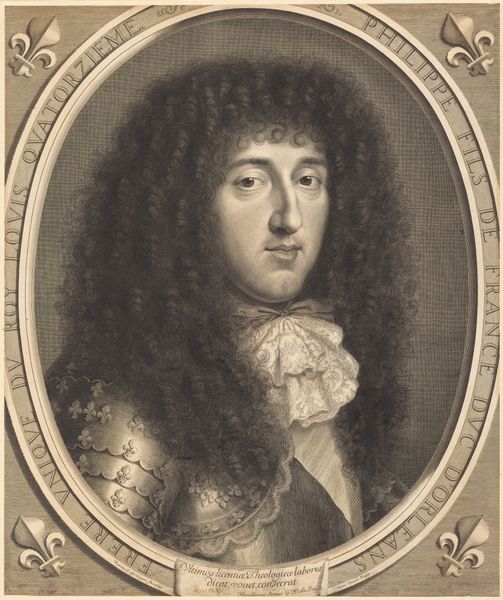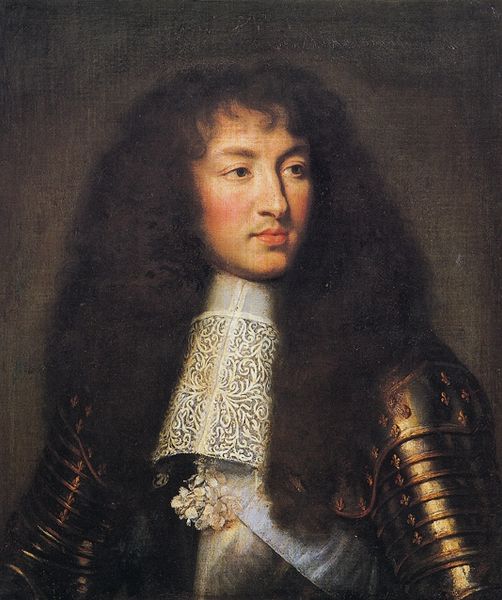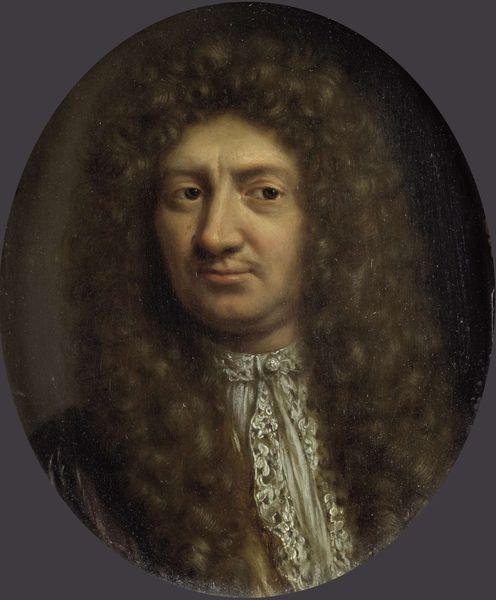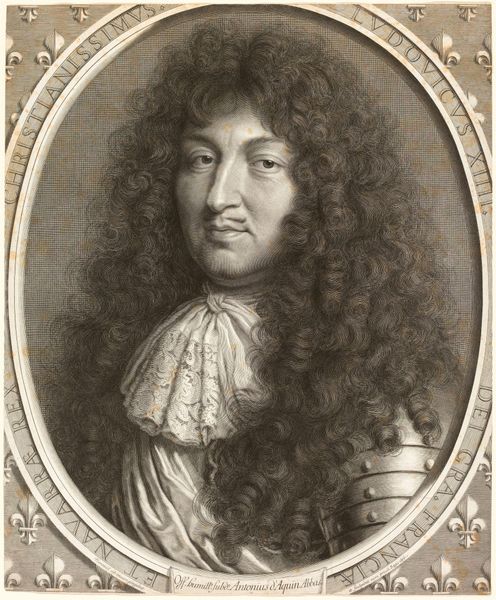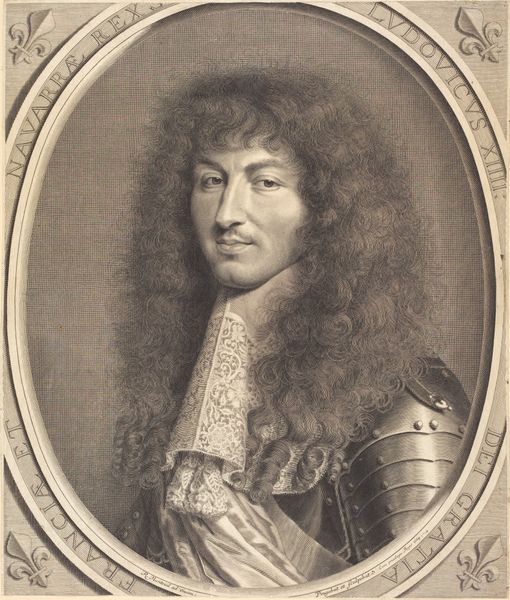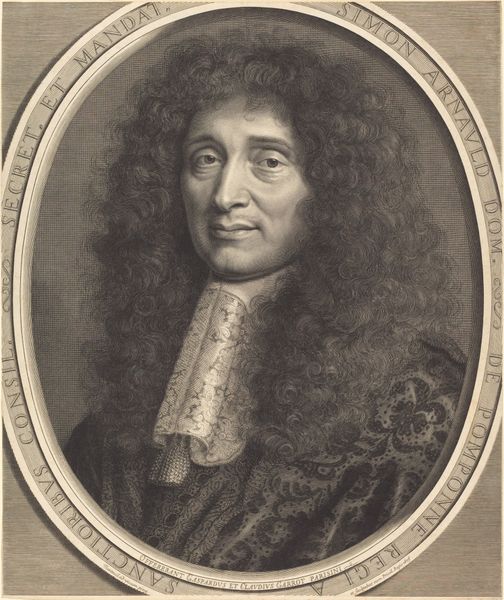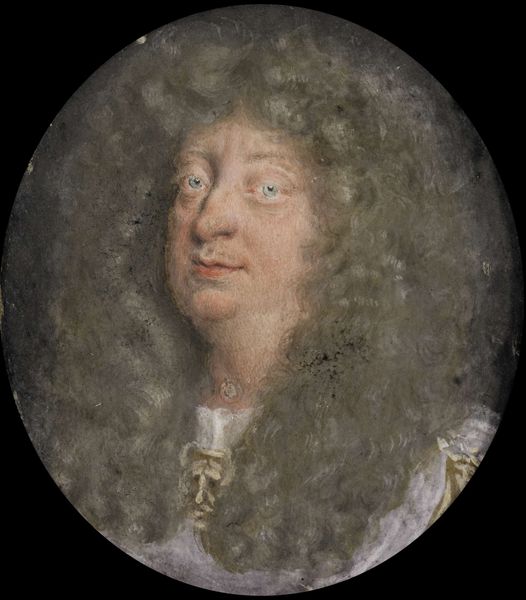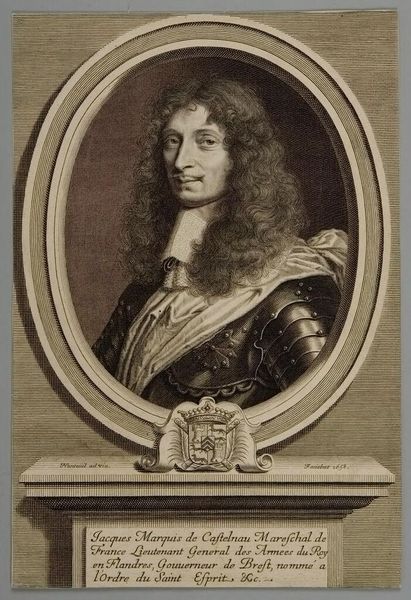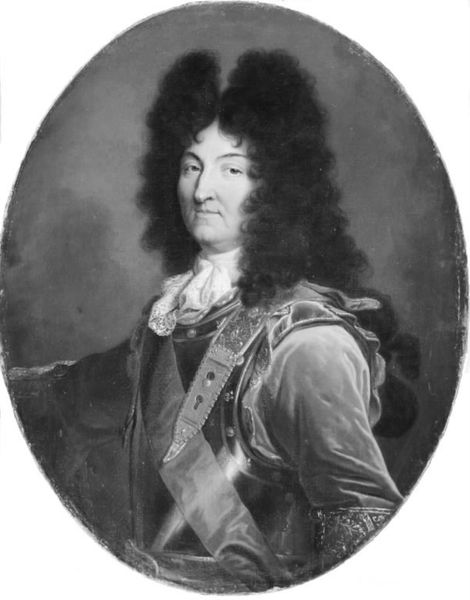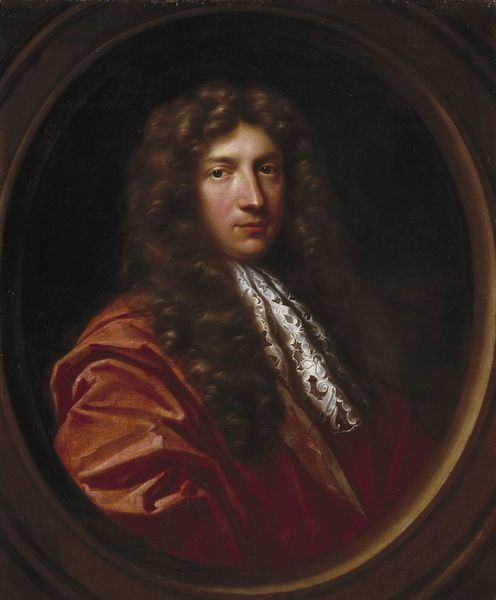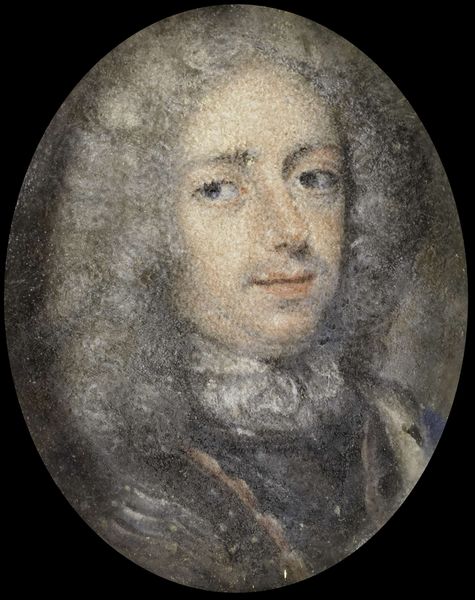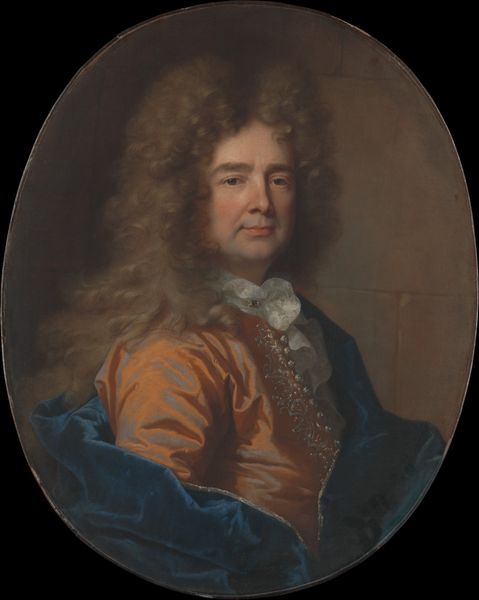
oil-paint
#
portrait
#
baroque
#
oil-paint
Dimensions: height 3.1 cm, width 2.9 cm, height 4.8 cm, width 3.6 cm, depth 0.3 cm
Copyright: Rijks Museum: Open Domain
Curator: Here we have "Portret van een man," a compelling portrait executed with oil paint sometime between 1620 and 1691, attributed to Jean (le vieux) Petitot. It's a little Baroque marvel, don’t you think? Editor: I am drawn in by the way the sitter’s face, that milky skin and the knowing eyes, seems to want to engage me. Yet I’m also aware that such elaborate attire comes at an exacting price; you just know that making this portrait possible involved so much labour. Curator: Indeed! It’s interesting you mention that perceived cost. In portraiture, it is an attempt to hold time captive, and there's a potent melancholy that wafts from this man, as if he suspects its futility. His gaze is penetrating, isn’t it? It has secrets. Editor: True, and Petitot's skilled application of pigments creates that gaze. But how many hands, from the pigment grinders to the seamsters of that shimmering blue coat, touched this artwork? Considering it, it changes the reading altogether, to think of their labor and input as almost spectral participants. Curator: It shifts the reading from a frozen, aristocratic image to one about transience itself. The portrait, meant to signify power, instead hints at a coming unraveling and reliance on all involved in its material completion, because what remains after all involved are gone? Editor: Precisely. The social context is as layered as those luxurious Baroque garments. It’s less about celebrating the individual sitter, more a question: what systems of work and materials make any portrait, or this man's display of power, possible in the first place? Curator: Absolutely! It takes more than mere artist and noble. Petitot only holds a mirror to what supports it. Perhaps, "Portret van een man" is, ultimately, about more than one person, a multitude, working or forgotten? Editor: The beauty here lies, indeed, not only in the depicted finery but within the labor and ingenuity embedded within. Perhaps that tension, finally, is the actual lasting portrait that remains with us now.
Comments
No comments
Be the first to comment and join the conversation on the ultimate creative platform.
